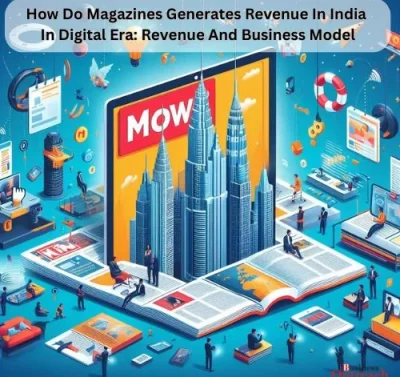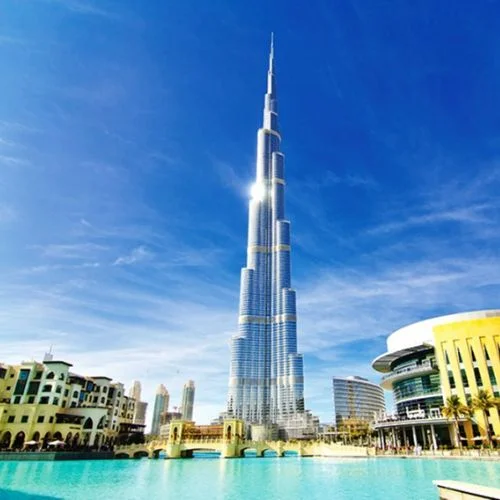The Media and Entertainment (M&E) industry has experienced growth and transformation over the years. Factors such as internet access, economic growth, and increased consumer spending have played a role in its popularity. What sets this company apart from its competitors is its content creation and the continuous increase in Average Revenue Per User (ARPU).
These factors have greatly contributed to the advancement of the industry making India a frontrunner in adoption. As a result industry groups now have access to amounts of data that can help them gain better insights into their consumers. Moreover, India has emerged as a content creator, particularly in the field of visual effects (VFX).
The Indian M&E industry has proven its resilience to the market and is headed towards substantial expansion. This upward trend is driven by growing consumer demand and increased advertising revenue. According to FICCI EY India’s advertising to GDP ratio is projected to increase from 0.38% in 2019, to 0.4% by 2025 with the media and entertainment industry reaching a valuation of $35.4 billion.

The Indian Media and Entertainment Industry’s Growth and Challenges in 2022
The Indian Media and Entertainment (M&E) business is expected to flourish in a variety of industries by 2022. Because of increased demand for ad spots, the television advertising industry rose by 2%. Subscription income, on the other hand, fell by 4% for the third year in a row owing to the loss of pay-TV households and a stagnating Average income Per User (ARPU). Smart TVs with internet access have increased significantly.
Paid video subscriptions drove a 27% increase in digital subscriptions to INR 72 billion. Because of the abundance of free audio sources, music subscriptions have seen slower uptake. Print advertising sales increased by 13%, driven mostly by wealthy and non-metro customers. However, newspaper companies have struggled to earn significant digital revenue.
The online gaming sector witnessed considerable expansion in 2022, owing to an infusion of new gamers, increased marketing efforts, specialised platforms, and cooperation with brand ambassadors. This spike resulted in a significant milestone for the animation and visual effects (VFX) services industry, as sales surpassed INR 100 billion for the first time. Live events increased by 129%, further enhancing the expansion of this industry.
The cinematic music industry made a remarkable recovery in 2022, revitalising the music industry following the epidemic. This revival was accompanied by an upsurge in radio sales. To sustain and accelerate this growth, the sector is continually looking for new revenue streams.
The Transition of the Media Industry from Print to Streaming

We are no longer constrained by traditional TV schedules or obliged to see films solely in theatres in today’s society. Streaming services are the game changer behind this freedom. They’ve transformed how we consume media by providing an abundance of content that’s accessible at any time and from any location.
Independent artists today have a wonderful potential to reach a bigger audience thanks to the internet technology. Streaming platforms have reduced boundaries, making it simpler for creative producers to share their work with the rest of the world. We may select what we want to watch and when we want to view it using streaming services. There’s no need to wait for a set time slot or hurry to watch a movie before it leaves the theatre. Its simplicity and accessibility have altered how we interact with media, and this trend shows no signs of abating.
According to PwC’s “Global Entertainment & Media Outlook 2023-2027” study, India’s media and entertainment business would be valued at $73.6 billion by 2027, growing at a compound annual growth rate (CAGR) of 9.48%.
Streaming leads the way in terms of percentage growth, with revenue accounting for a significant increase in the previous year. The market will expand at a 14% CAGR to $3.5 billion in sales by 2027. According to the research, this will be driven by the competitive SVOD sector, which will account for 78% of sector income and while subscription service revenues will rise at a 13% CAGR to reach $2.6 billion, ad-supported services (AVOD) will grow at a faster pace, albeit from a lower base.
Next Milestone: Reaching a Worldwide Audience

There is a significant possibility in bringing Indian material to a worldwide audience. South Korea has set a terrific example by proving over and again that good content transcends borders and linguistic obstacles. Despite a strong talent environment, manufacturing efficiency, and creative skills, we have yet to make an impact on the world stage. This is an area where the industry must collaborate to discover and generate material that can travel and become storytellers for the rest of the globe.
The film section is going through a difficult period. While regional films have fared better, it is time for the business to think boldly and rethink its strategy. It is time for Bollywood to rethink its approach to attracting both domestic and international viewers in light of recent box office disappointments. Some recent regional films have been quite popular both in India and on worldwide streaming platforms, proving that we have the capacity to bring our films to global audiences. It is time for the industry to go to work on this.
News, print media, music, and radio continue to be significant contributions to our business while undergoing significant change. It is time for these industries to comprehend shifting customer behaviours and recreate themselves digitally.
Recognising Technological Advances in Entertainment and Media for the Industry’s Future

The entertainment and media sectors will suffer even more disruption as technology progresses. By offering immersive and participatory entertainment, virtual and augmented reality technologies have huge potential to change the spectator experience. Artificial Intelligence and machine learning are projected to foster innovation in content development, customised recommendations, and targeted marketing techniques, ultimately improving the overall consumer experience.
The research compiles data from television, digital media, movies, animation and VFX, out-of-home media, live events, music, radio, online gaming, and print. The M&E business will grow by 12% to $28.6 billion in 2023, according to the report.
Conclusion:
Last but not least, the Indian media and entertainment business has seen substantial expansion and transformation, owing to factors such as inexpensive internet access and rising consumer spending. The capacity of the sector to adapt to technological changes sets it for further growth and places India as a worldwide leader in digital adoption and content production.















